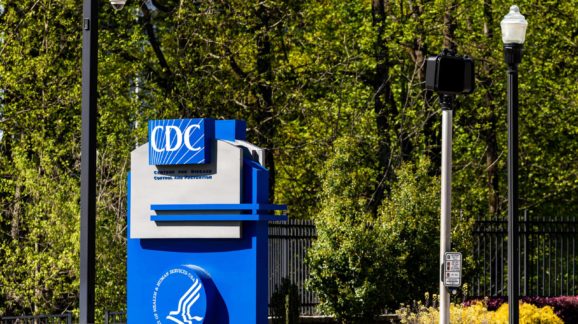Key to CDC reform is undoing mission creep — and tossing woke programs
Centers for Disease Control and Prevention Director Rochelle Walensky has finally admitted what has been obvious to most observers for 2½ years: The agency has been “responsible for some pretty dramatic, pretty public mistakes, from testing to data to communications.”
Walensky reached this eureka moment after commissioning in April a review of the agency’s COVID-19 performance. She promises to work toward developing a more nimble agency “that emphasizes accountability, collaboration, communication and timeliness.” These are laudable goals the CDC is, unfortunately, unlikely to meet.
The basic problem is mission creep. The CDC was founded in 1946 as the Communicable Disease Center with a $10 million budget and fewer than 400 employees. Its mission was to prevent the spread of malaria, but the agency’s responsibilities soon extended to other communicable diseases.
Since those early days, the CDC has grown into a huge agency — with a $15 billion budget and more than 15,000 employees — that has strayed far from its origins to address far-flung and fashionable concerns such as environmental justice and “health equity.”
The CDC’s priorities now include addressing “the public health consequences of the climate crisis,” “reducing racial disparities in public health,” addressing “the social determinants of health, conditions in the places where people live, learn, work, and play” and “increases in injury and violence prevention programs that will help to address the growing crisis of domestic, sexual, and gun violence.”
People can reasonably disagree about the importance of these goals. But there is no dispute that they’re way outside the agency’s core mission of protecting the nation from infectious diseases and imminent public-health threats. Given the CDC’s poor pandemic performance and substandard response to the current monkeypox outbreak, it seems clear these expansive priorities distract the agency from doing its real job.
The CDC’s COVID-19 failures were legion. In February 2020, just as the coronavirus was starting to spread in the United States, the CDC circulated a faulty test and insisted that it alone be used, despite the availability of more reliable tests in public-health and medical-center laboratories. A crucial month elapsed before the agency relented and allowed the use of other tests.
Later on, the CDC set arbitrary and overly cautious guidelines for community COVID-19 prevention measures like mask mandates and then waited far too long to revise them — well after new, highly contagious variants such as Delta and Omicron made them irrelevant and well after most states and localities had dropped them.
It enacted a scientifically and legally dubious nationwide eviction moratorium that the courts eventually threw out. It championed dubious testing and masking requirements for travelers and maintained them far beyond the point at which anyone considered them scientifically valid. And throughout, its communications with members of the public and the public-health community alike were tardy and confusing.
Large government bureaucracies like the CDC never willingly surrender funding or size to become more effective. Instead of refocusing on its mission, the agency will undoubtedly do what all Washington bureaucracies do — ask for more money.
If Walensky is serious about reform, she must resist that impulse and insist on a leaner, more focused organization. Social causes do not belong in a scientific agency. And non-communicable diseases are better addressed by the multitude of other federal agencies such as the National Institutes of Health, which itself is made up of 27 institutes and centers, each of which focuses on particular diseases or body systems.
Ultimately, it may be too much to hope that a large federal agency will reform itself. Congressional action may be necessary to refocus and restore the CDC to its position as the world’s preeminent authority on communicable diseases.
